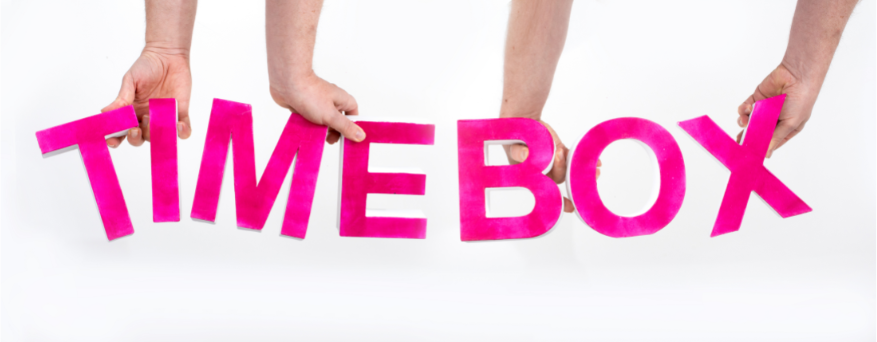What Gets Measured Gets Improved
The Power of Data-Driven Progress
In the ever-evolving landscape of modern businesses and personal development, the saying “what gets measured gets improved” has become a guiding principle for achieving success and continuous growth. This simple yet profound concept emphasizes the importance of tracking and quantifying key aspects of a system, process, or individual performance to drive positive change. In this blog post, you will delve into the significance of measuring, the benefits it brings, and the potential pitfalls to consider when employing a data-driven approach.
The Power of Visibility
Measurement provides unparalleled visibility into the current state of affairs. Whether you’re running a business, managing a project, or striving for personal goals, having access to relevant data allows you to grasp the reality of your situation. It paints a clear picture of what’s working well and what areas require improvement, giving you the foundation to make informed decisions.
Identifying Patterns and Trends
Data-driven measurement enables the identification of patterns and trends that might otherwise remain hidden. By analyzing the data, you can pinpoint correlations, successes, and setbacks. Armed with these insights, you can capitalize on strengths and tackle weaknesses more effectively. Continuous tracking of metrics empowers you to spot both positive and negative trends early, enabling proactive interventions to sustain growth.
The Accountability Factor
When progress is quantified, a sense of accountability takes root. Whether it’s a team striving for project success or an individual pursuing personal goals, knowing that performance is being measured encourages everyone involved to take ownership of their actions and responsibilities. This enhanced accountability often leads to higher motivation and a greater commitment to achieving desired outcomes.
Feedback Loop for Continuous Improvement
Measurement provides a crucial feedback loop essential for continuous improvement. By regularly assessing performance metrics, you gain actionable insights into what aspects of your endeavour need refinement. These insights pave the way for strategic adjustments and optimizations that, over time, result in significant progress. The feedback loop promotes a culture of learning and adaptation, fostering an environment where growth becomes the norm.
Benchmarking for Setting Goals
Measuring performance against historical data or industry standards allows for benchmarking. This practice sets realistic goals and targets for improvement. As you compare current performance with past achievements or the best in the field, you can set ambitious yet achievable objectives. Benchmarking serves as a roadmap, guiding your efforts toward excellence.
Beyond Quantitative Metrics
While quantitative metrics are powerful tools, it is vital to recognize that not everything that matters can be easily measured. Aspects such as creativity, innovation, and employee satisfaction are critical components of success but are often challenging to quantify precisely. Therefore, it’s essential to strike a balance between quantitative and qualitative analysis to ensure a holistic approach to improvement.
Potential Pitfalls
While the saying “what gets measured gets improved” is valuable, it’s essential to approach measurement with caution and avoid some potential pitfalls. Overreliance on certain metrics may lead to tunnel vision, neglecting other crucial elements. Moreover, selecting inappropriate metrics or misinterpreting data can result in misguided decision-making.
Conclusion
In conclusion, “what gets measured gets improved” is a powerful mantra that underscores the significance of data-driven progress. Measurement empowers us to see, understand, and enhance performance at various levels, be it in business, projects, or personal endeavours. The insights gained from quantifiable data, coupled with qualitative analysis, form the foundation for informed decisions and continuous improvement.
However, it is essential to remember that measurement is not an end in itself; it is a means to an end. To achieve true success and growth, we must use the data to inform our actions, foster accountability, and maintain a focus on the bigger picture. When harnessed effectively, the power of measurement becomes a catalyst for transformative progress and innovation. So, let us embrace the ethos of data-driven improvement and embark on a journey of excellence and continuous growth.

